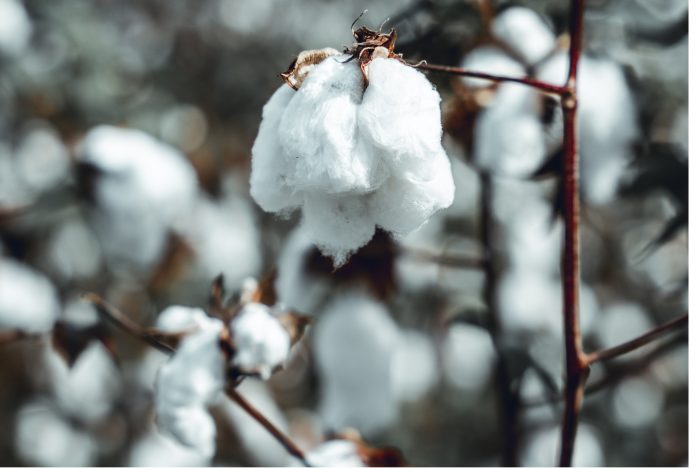
The Telangana government has encouraged the farmers to increase the cultivation of cotton by 55-65%; that is, an additional 28 lakh acres will be added, hoping to increase the growth in cotton by 15% in the upcoming Kharif season.
The area, which is currently under the cultivation of Kharif crops, will be increased during the Kharif season. The Agricultural Department has set the target to sow cotton on 70-75 acres. Farmers are gearing up with the hope of attractive prices with increased demand.
The IT department of Telangana has also taken the initiative to start an artificial intelligence-supported project for the cotton farmers to increase the quality and productivity of their crops.
How has AI helped pest control for cotton in a few States of Telangana?
The state’s IT department has a major hand in improving the cotton produce of the farmers in a few villages. In 2021, an artificial intelligence-based experimental project supported by the state’s IT department along with the Wadhwani Institute of AI was conducted in a few districts like Karimnagar, Khammam, Nagarkurnool of Telangana during the Kharif season.
During this project, this group implemented AI solutions at the field level. Cotton farmers from 2,800 villages participated in this project. This AI-based solution helped the farmers in identifying the pest attacks like the Pink Bollworm in the initial stages for remedial actions to be taken to prevent crop damage. As per a statement made by an official of the Emerging Technologies wing to Telangana Today, this action helped the farmers in improving the quality of their products, thus increasing their incomes.
During the project phase, the officials procured images of the plants in different stages, including the saplings and flowering period. They then identified the pests based on the symptoms like color changes in the leaf and stem. The officials suggested preventive measures based on the pests. Training camps were also held to educate the farmers on the pest attacks in advance.
Supply of quality cotton seeds for good crop produce
The agricultural minister believes that there has been a loss in the income-earning opportunity of the farming communities due to the non-cultivation of cotton within the suggested limits.
The minister has requested that good-quality seeds be made available on time to the farmers. Officials have been asked to inspect the area occasionally to prevent farmers from using impure seeds. The government has directed the officials to stock up on good quality seeds, fertilizers, and green manure and supply it to the farmers in May for the crops to be sowed on time.
The minister has requested the Markfield officials to keep 5 lakh tonnes of urea as buffer stock due to the ongoing Russia-Ukraine conflict as it may impact urea production. Officials have been asked to visit the areas during May to educate the farmers about the Kharif action plan.
Good prices for the cotton yield
A senior official stated that farmers are moving towards the cultivation of cotton as they have commanded a better price this year than the previous year. It was better than the base price of Rs. 4,160 per quintal. The price fixed by the center is Rs. 4,320 per quintal for a long-staple variety of cotton.
The crop failed to earn income last year due to drought conditions and pest problems in the northern and western parts of the country. The favorable conditions for growing cotton on a large scale this season has taken over other crops like maize, pulses, and soya beans.
Due to the strong demand and consumption of cotton, its price per quintal has gone up. The agricultural department has suggested giving priority to cotton cultivation by reducing paddy cultivation.









